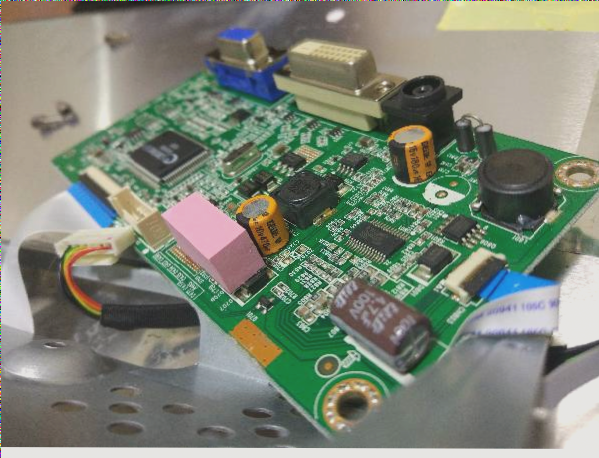This article introduces SMT chip processing technology to address the issue of insufficient tin. This is a common problem in SMT patch welding technology, especially when using products from a new supplier in the early stages or when production technology is unstable and inconsistent. Through customer cooperation and extensive experimentation, we have analyzed the reasons for tin bead occurrence from the following aspects:
1. The PCB board is not preheated sufficiently during reflow soldering.
2. The reflow soldering temperature curve is improperly set, causing a discrepancy between the board surface temperature before entering the soldering area and the temperature within the soldering area.
3. The solder paste did not return to room temperature completely after being taken out of cold storage.
4. The solder paste was exposed to air for too long after being opened.
5. Tin powder splashed onto the PCB surface during the patch process.
6. Oil or water adhered to the PCB board during the printing or transfer process.

7. The flux in the solder paste may be unevenly distributed, with solvents that are difficult to evaporate or liquid additives and activators present.
The first and second reasons above can also explain why newly replaced solder paste may lead to such issues. The main reason is that the current temperature profile does not match the solder paste being used, which necessitates a change in supplies. When dealing with solder paste, it is essential to request the temperature profile from the solder paste supplier to ensure compatibility.
The third, fourth, and sixth reasons may result from improper handling by the user, while the fifth reason could be due to improper storage of the solder paste or its degradation past the expiration date. Issues like non-sticky or excessively sticky paste, or the formation of splashes of tin powder during placement, can occur. The seventh reason may be related to the production technology of the solder paste supplier itself.
(3) Excessive residues on the board surface after soldering:
Customers often report more residues on the PCB board surface after soldering. These residues not only affect the board’s appearance but also impact the electrical properties of the PCB. The main causes of excessive residues are as follows:
1. When using solder paste, if you are unaware of the customer’s board conditions and requirements, or if there is an error in selection, it can lead to issues. For example, if a customer requires a no-clean, residue-free solder paste but is supplied with a rosin resin-type solder paste, this may result in excessive residues after soldering. Solder paste manufacturers are generally aware of this issue when promoting their products.
2. Excessive rosin resin content in the solder paste or poor-quality rosin resin is likely a technical issue from the solder paste manufacturer.
1. The PCB board is not preheated sufficiently during reflow soldering.
2. The reflow soldering temperature curve is improperly set, causing a discrepancy between the board surface temperature before entering the soldering area and the temperature within the soldering area.
3. The solder paste did not return to room temperature completely after being taken out of cold storage.
4. The solder paste was exposed to air for too long after being opened.
5. Tin powder splashed onto the PCB surface during the patch process.
6. Oil or water adhered to the PCB board during the printing or transfer process.

7. The flux in the solder paste may be unevenly distributed, with solvents that are difficult to evaporate or liquid additives and activators present.
The first and second reasons above can also explain why newly replaced solder paste may lead to such issues. The main reason is that the current temperature profile does not match the solder paste being used, which necessitates a change in supplies. When dealing with solder paste, it is essential to request the temperature profile from the solder paste supplier to ensure compatibility.
The third, fourth, and sixth reasons may result from improper handling by the user, while the fifth reason could be due to improper storage of the solder paste or its degradation past the expiration date. Issues like non-sticky or excessively sticky paste, or the formation of splashes of tin powder during placement, can occur. The seventh reason may be related to the production technology of the solder paste supplier itself.
(3) Excessive residues on the board surface after soldering:
Customers often report more residues on the PCB board surface after soldering. These residues not only affect the board’s appearance but also impact the electrical properties of the PCB. The main causes of excessive residues are as follows:
1. When using solder paste, if you are unaware of the customer’s board conditions and requirements, or if there is an error in selection, it can lead to issues. For example, if a customer requires a no-clean, residue-free solder paste but is supplied with a rosin resin-type solder paste, this may result in excessive residues after soldering. Solder paste manufacturers are generally aware of this issue when promoting their products.
2. Excessive rosin resin content in the solder paste or poor-quality rosin resin is likely a technical issue from the solder paste manufacturer.




